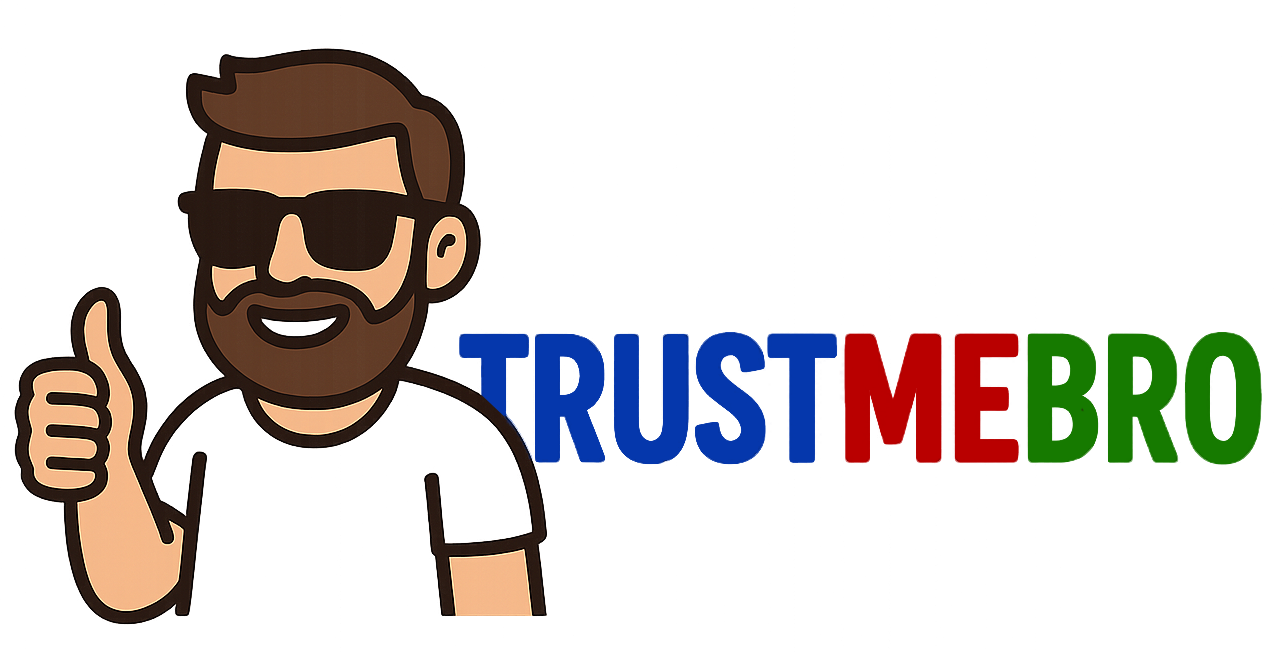Digital Literacy in the Information Age
In today's digital world, the ability to critically evaluate information is no longer optional—it's essential. Digital literacy has become as fundamental as traditional reading and writing skills.
What is Digital Literacy?
Digital literacy encompasses more than just knowing how to use technology. It includes:
- Information evaluation - Assessing the credibility and accuracy of digital content
- Source verification - Understanding how to trace and validate information sources
- Context awareness - Recognizing how information can be manipulated or taken out of context
- Digital footprint understanding - Knowing how your online activities create data trails
- Privacy protection - Safeguarding personal information in digital spaces
The SIFT Method
One of the most effective frameworks for evaluating online information is the SIFT method:
Stop
Pause before sharing or believing information. Take a moment to consider what you're looking at.
Investigate the Source
Who created this content? What are their credentials? Do they have a track record of accuracy?
Find Better Coverage
Look for other sources covering the same topic. What do authoritative sources say?
Trace Claims
Follow claims back to their original source. Has the information been distorted along the way?
Red Flags to Watch For
Certain characteristics often indicate unreliable information:
Emotional Language
Headlines or content designed to provoke strong emotional reactions (anger, fear, outrage) should be approached with extra caution. Reliable sources typically use measured, factual language.
Lack of Attribution
Credible information includes sources, quotes from experts, and references to studies or data. Be wary of claims that don't cite their sources.
Poor Quality Indicators
Multiple spelling errors, poor grammar, unprofessional design, or suspicious URLs can indicate unreliable content.
Warning: Deepfakes and Manipulation
Advanced technology now allows for sophisticated manipulation of images, videos, and audio. Always verify multimedia content through multiple sources, especially if it seems too sensational to be true.
Tools for Verification
Several tools can help you verify information:
Reverse Image Search
Use Google Images or TinEye to check if an image has been used in other contexts or to find its original source.
Fact-Checking Websites
Established fact-checking organizations like Snopes, PolitiFact, and FactCheck.org provide verified information on common claims and rumors.
AI-Powered Tools
Modern AI tools like TrustMeBro can quickly analyze claims against vast databases of reliable sources, providing instant verification.
Understanding Algorithms and Filter Bubbles
Social media and search algorithms create personalized information environments that can limit exposure to diverse perspectives:
- Echo chambers - Algorithms show you content similar to what you've engaged with before
- Confirmation bias reinforcement - You see more information that confirms your existing beliefs
- Limited perspective - Important viewpoints or facts might be filtered out
To combat this, actively seek diverse sources and perspectives, especially on important topics.
Teaching Digital Literacy
Digital literacy should be taught at all levels:
For Educators
- Integrate fact-checking exercises into curriculum
- Teach students to question sources and verify information
- Use real-world examples of misinformation
- Encourage critical thinking about media consumption
For Parents
- Model good information verification habits
- Discuss news and current events critically with children
- Teach children to pause before sharing information
- Explain how advertising and algorithms work
The Future of Information
As technology evolves, so must our digital literacy skills:
- AI-generated content - Learning to identify artificially created text, images, and videos
- Blockchain verification - Understanding how distributed ledgers might verify information authenticity
- Real-time fact-checking - Integrating verification tools into our daily information consumption
- Collaborative verification - Community-based approaches to identifying and correcting misinformation
Building a More Informed Society
Digital literacy isn't just about protecting yourself from misinformation—it's about contributing to a more informed society. When we all develop better information evaluation skills, we create a more resilient information ecosystem.
Every time you verify information before sharing it, you're helping to slow the spread of misinformation and promote accurate information.
Practical Steps You Can Take Today
- Diversify your news sources - Read from multiple perspectives and outlets
- Check before you share - Verify information before posting on social media
- Learn to use verification tools - Familiarize yourself with fact-checking resources
- Question emotional content - Be extra skeptical of information that triggers strong emotions
- Understand your biases - Recognize your own tendencies and blind spots
- Stay updated on digital trends - Keep learning about new forms of misinformation and manipulation
Digital literacy is not a destination but a journey. As technology and information landscapes evolve, we must continue to adapt and improve our skills. The goal is not to become perfect at detecting misinformation, but to become more thoughtful, critical consumers and sharers of information.
